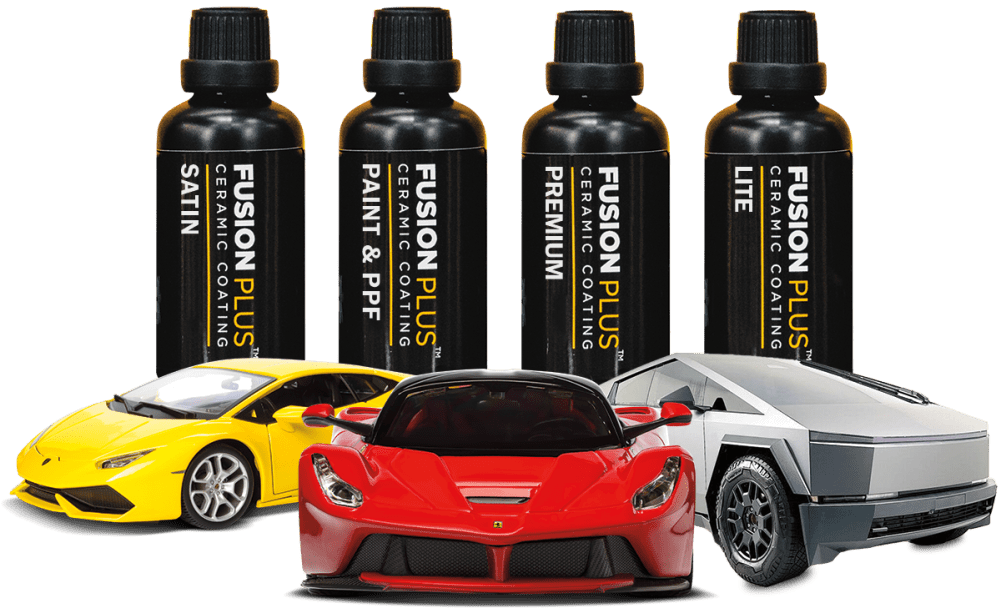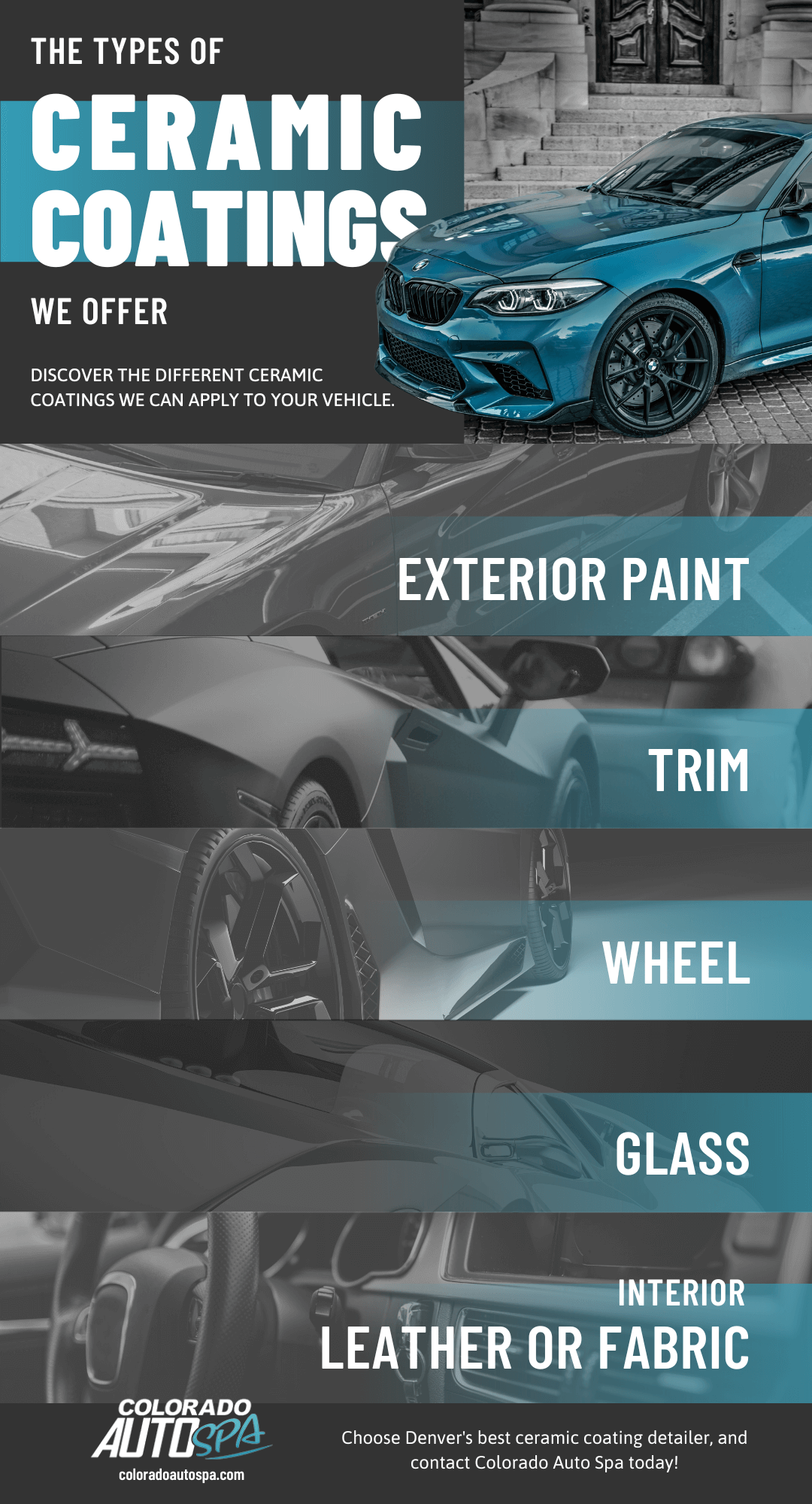Ceramic Coating for Cars: The Ultimate Solution for a Glossy Finish
Ceramic Coating for Cars: The Ultimate Solution for a Glossy Finish
Blog Article
Ceramic Finish vs. Typical Wax: Which Gives Better Long-Term Protection?
The dispute between ceramic coverings and standard wax for automobile security has actually amassed substantial focus among auto fanatics and professionals alike. While both serve the purpose of protecting paint, their differences in durability, application, and long-lasting maintenance expenses may influence a consumer's choice. Ceramic coverings boast superior longevity and resistance to ecological factors, yet the intricacy of their application questions concerning accessibility and usefulness. As we check out these contrasting options, it ends up being important to take into consideration not only the instant benefits yet also the ramifications for automobile treatment gradually.
Introduction of Ceramic Covering
Ceramic coating has actually gained substantial popularity amongst automotive fanatics and detailers alike due to its sophisticated protective top qualities. This ingenious technology is made to develop a resilient, hydrophobic shield over an automobile's paint surface, dramatically improving its resistance to ecological pollutants such as dust, UV rays, and chemical spots. Unlike traditional wax, which supplies a short-lived layer of security, ceramic coverings bond at a molecular degree with the paint, supplying lasting longevity-- often expanding past two years with correct maintenance.
The application procedure entails meticulous preparation of the car's surface, consisting of cleansing and brightening to guarantee ideal attachment. Once applied, the finish treatments to form a robust layer that not only includes deepness and gloss to the paint yet also streamlines upkeep. With its hydrophobic residential properties, ceramic coating enables water and dust to glide off more easily, decreasing the regularity of laundries and lessening the threat of swirl marks.
Moreover, ceramic finishings are offered in different formulas, permitting customers to pick items customized to their details needs and preferences. Generally, ceramic finish represents a considerable innovation in paint defense modern technology, supplying superior efficiency contrasted to traditional alternatives.
Overview of Conventional Wax
Typically concerned as a staple in automobile treatment, wax works as a popular option for those looking for an uncomplicated method to boost and protect their car's paint - ceramic coating. Automotive wax usually consists of natural ingredients, such as carnauba, or artificial compounds, designed to develop a protective layer externally of the paint. This layer not just enhances the vehicle's gloss and radiate but also gives a barrier versus ecological contaminants
The application of wax is generally straightforward, making it easily accessible for both experts and do it yourself lovers. It can be used by hand or maker, enabling convenience in the detailing procedure. Once used, wax requires a healing period, after which it hardens to develop a protective covering. Wax is also understood for its capability to repel water, advertising a beading impact that helps in the prevention of water places and rust.
However, while wax is efficient for boosting the aesthetic charm of an automobile, it is necessary to keep in mind that the security it provides might necessitate much more frequent reapplication compared to different products, such as ceramic finishes. Overall, standard wax continues to be a popular option for those prioritizing simplicity of use and prompt aesthetic renovation.
Longevity and Longevity Comparison
While both ceramic finishes and typical wax deal protective benefits for automotive paint, their sturdiness and durability differ dramatically. Typical wax, typically made from natural carnauba or synthetic polymers, typically offers a protective layer that lasts roughly three to six months. This fairly short lifespan necessitates regular reapplication to maintain optimal protection.
In comparison, ceramic layers are crafted from advanced nanotechnology, forming a covalent bond with the paint surface. This causes a durable, hydrophobic layer that can sustain for 2 to 5 years, depending upon the item and environmental conditions. The exceptional sturdiness of ceramic layers is credited to their chemical structure, which offers enhanced resistance to scratches, UV rays, and oxidation.

Defense Versus Environmental Aspects
Safeguarding a vehicle's paint from ecological factors is crucial for keeping its appearance and worth in time. Autos are continuously exposed to a range of elements, consisting of UV rays, bird droppings, tree sap, acid rain, and roadway crud, all of which can endanger the stability of the paintwork.
Ceramic coatings offer a durable defense versus these ecological aggressors. Unlike traditional wax, which can weaken swiftly under UV direct exposure, ceramic coverings form a long lasting, hydrophobic layer that resists the damaging impacts of sunshine and toxic wastes. This innovative technology produces a chemical bond with the automobile's surface area, offering premium protection that lasts for years, even in extreme problems.
In contrast, ceramic coverings maintain their protective qualities much longer, dramatically lowering the threat of paint damages and guaranteeing that the automobile maintains its aesthetic appeal. As an outcome, ceramic layers are significantly identified as the remarkable choice for lasting protection against environmental factors.
Application and Upkeep Distinctions
The techniques of application and succeeding upkeep for ceramic coatings and standard wax differ substantially, impacting the total user experience and performance of each product. Ceramic finishes require a more detailed application process, commonly including surface area preparation that includes cleaning, sanitizing, and brightening the vehicle. When the surface area prepares, the ceramic coating is used in a regulated environment, typically requiring expert knowledge to make sure correct curing and find more info bonding to the paint.

While both items boost automobile appearance, the longer-lasting protection provided by ceramic coatings might justify their initial financial investment, despite the even more requiring application procedure. Conversely, traditional wax remains a popular choice for those seeking a simpler, albeit short-term, solution.

Final Thought
Finally, ceramic coatings demonstrate significant advantages over traditional wax in terms of resilience and environmental management. With a lifespan prolonging two to five years and exceptional resistance to UV rays, dirt, and chemical stains, ceramic coatings offer a more reliable remedy for lasting automobile maintenance. Although the application process may call for specialist experience, the resulting price financial savings and decreased frequency of reapplication underscore the worth of ceramic finishes for those seeking optimal lorry defense.
The debate in between ceramic finishings and traditional wax for lorry security has gathered significant attention among auto lovers and experts alike. Unlike standard wax, which offers a temporary layer of defense, ceramic finishings bond at a molecular degree with the paint, using durable resilience-- commonly expanding beyond 2 years with proper upkeep.
While both ceramic coatings and standard wax deal protective advantages for automotive paint, their toughness and longevity differ dramatically. For automobile fanatics seeking long-lasting defense, ceramic coverings provide an engaging advantage over conventional wax items.
In verdict, ceramic coverings show substantial advantages over conventional wax in terms of toughness and environmental protection.
Report this page